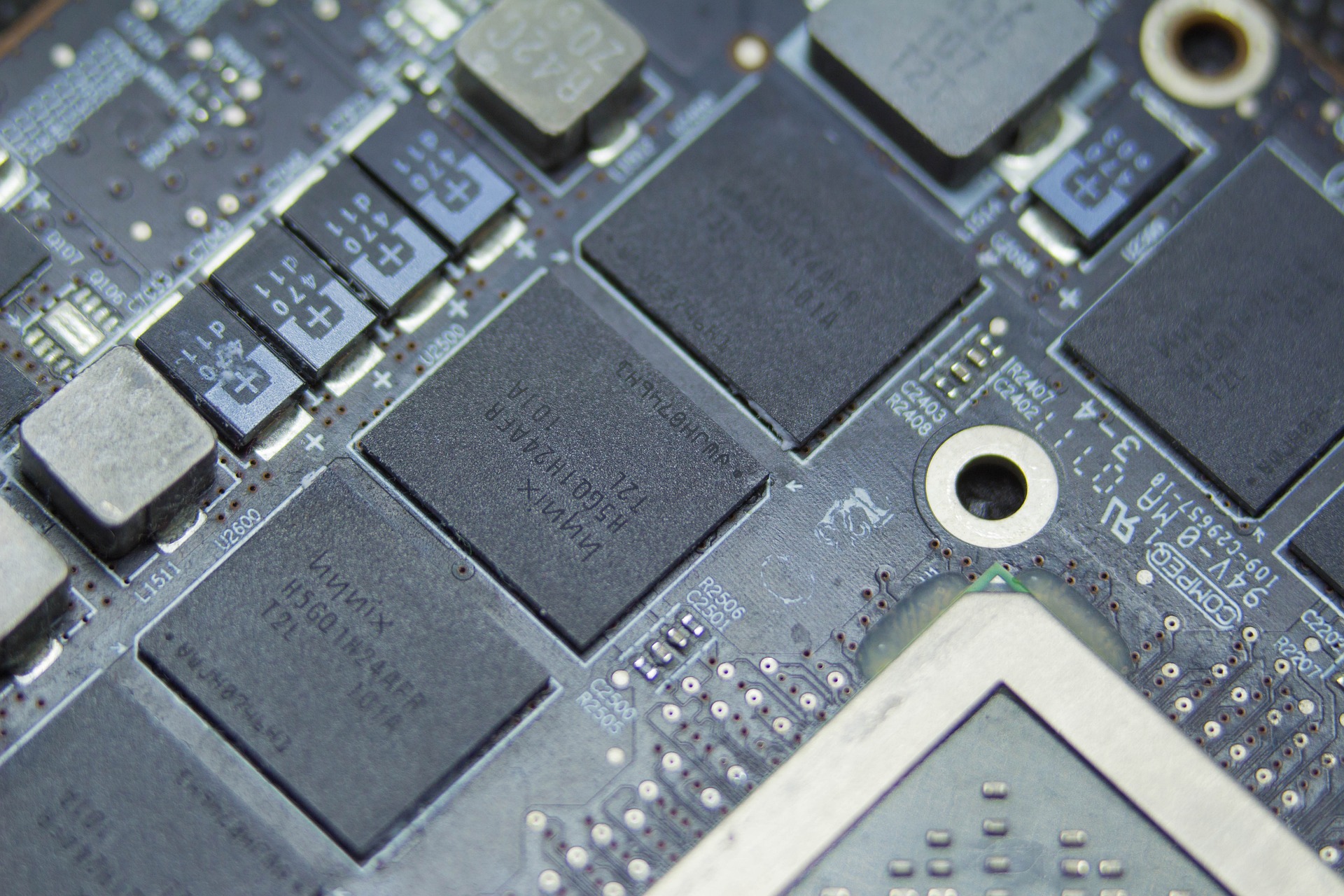The Advent of Neuromorphic Computing
Neuromorphic computing, a fascinating new frontier in the world of technology, promises to revolutionize our digital lives. Unfamiliar with this term? Well, it's time to get acquainted. Read below to delve into the world of neuromorphic computing, its potential, and how it stands to reshape the future of computing.

What is Neuromorphic Computing?
Neuromorphic computing is a subset of artificial intelligence (AI) that mimics the structure and function of the human brain. It leverages the principles of neuroscience to create computer systems capable of learning and making decisions, much like our minds do. The fundamental building block of these systems is the “neuron,” a digital equivalent of the biological neurons in our brain.
The Potential of Neuromorphic Computing
Neuromorphic computing holds immense potential. It can process vast amounts of data faster and more efficiently than traditional computing systems. This could lead to significant advancements in various fields, from healthcare to finance, and even space exploration. For instance, neuromorphic computers could analyze medical images or financial data in real-time, enabling quicker diagnoses or investment decisions.
The Role of Neuromorphic Chips
At the heart of neuromorphic computing are neuromorphic chips. Unlike traditional chips that process data sequentially, neuromorphic chips can process data in parallel, much like our brains. This allows them to handle complex tasks more efficiently. Companies like IBM and Intel are already developing their versions of neuromorphic chips, paving the way for the next generation of computing systems.
Challenges and Limitations
Despite its potential, neuromorphic computing is still in its infancy, and there are several challenges to overcome. One significant hurdle is the lack of a standardized programming language for these systems. Moreover, the technology requires substantial investment and research to reach its full potential. Nonetheless, the benefits it promises make it a worthy pursuit.
The Future of Neuromorphic Computing
Given the rapid pace of technological advancements, it’s only a matter of time before neuromorphic computing becomes mainstream. As it matures, we can expect to see it integrated into various aspects of our lives, from personal devices to industrial systems, transforming the way we interact with technology.
Useful Tips and Facts
- Neuromorphic computing is not just about hardware; it also involves creating new algorithms and software to harness the power of neuromorphic chips.
- IBM’s TrueNorth and Intel’s Loihi are among the most advanced neuromorphic chips currently available.
- Neuromorphic computing is a part of a broader movement towards edge computing, where data processing happens closer to the source, reducing latency and increasing efficiency.
In conclusion, neuromorphic computing represents a significant leap forward in our quest to create machines that can think and learn like us. While it’s still early days, the potential it holds is immense. As we continue to explore this exciting frontier, we can look forward to a future where our digital devices are not just tools, but intelligent partners, capable of understanding and responding to the world in ways we could only dream of.




